
This AUX ice maker, after prolonged use, needs to be turned on frequently during the summer. However, it takes some time to make ice, and if the water is at room temperature, it takes at least an hour to fill a box. If you want a full box of ice as soon as you come home, you can only keep it running continuously or turn it on remotely in advance. Keeping it running all the time consumes electricity and is noisy. If you don't want to continue like this, you can open it up and make some modifications to the circuit.

When you remove the casing, you will find that the control board can be separated.
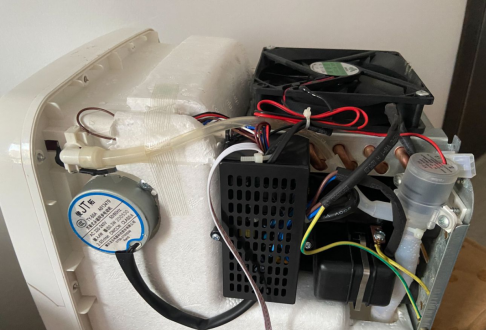
The design and materials are pretty good, all made of copper.
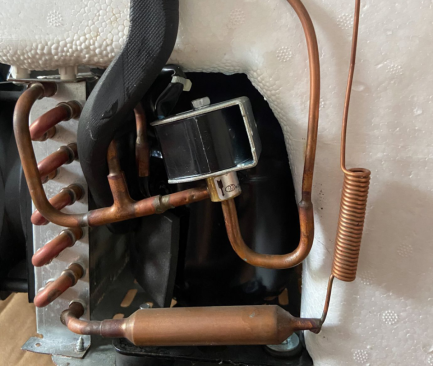
The electromagnetic valve in the middle is used to circulate and heat the refrigerant, allowing the ice to be released from the mold.
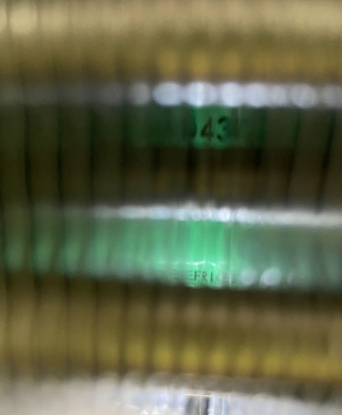
Through the fins, you can see that the compressor is TKCC QD43.
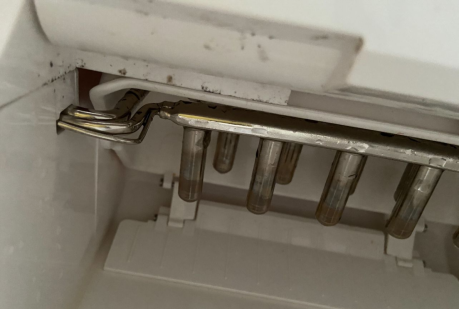
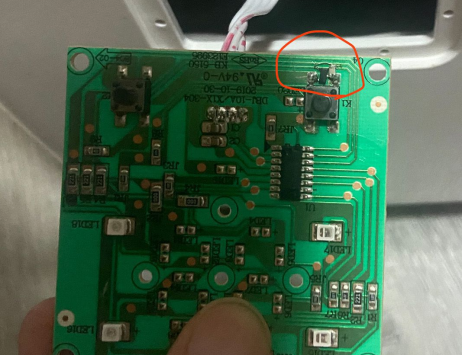
The switch button is connected to a transistor and a capacitor. When powered on, the transistor charges the capacitor and simultaneously triggers the button (equivalent to pressing the power button). When the capacitor is fully charged, the transistor cuts off (releases the power button), and the ice making process begins. With a Wi-Fi smart socket, remote control startup and timed ice making can be achieved. It can also be implemented with an infrared module or a Wi-Fi module, but ice makers are generally not used after summer, so this modification would be more convenient. Additionally, if used to modify a water cooler, it should work well. You can try it yourself.
Additional circuit connection instructions:

Any PNP type transistor will work.
Use a capacitor of around 0.1uF. It shouldn't be too big or too small.
If it's too small, the main control won't respond and it will cut off. If it's too large, it will take a long time to discharge and the function will only recover after a long power outage.
Initially, use a 1uF capacitor. It will require several hours of power outage and then powering on again for it to start automatically.
If you replace it with a 68nF capacitor, it will discharge completely after a few minutes of power outage.
The connection method depends on each specific appliance and needs to be tested individually.




